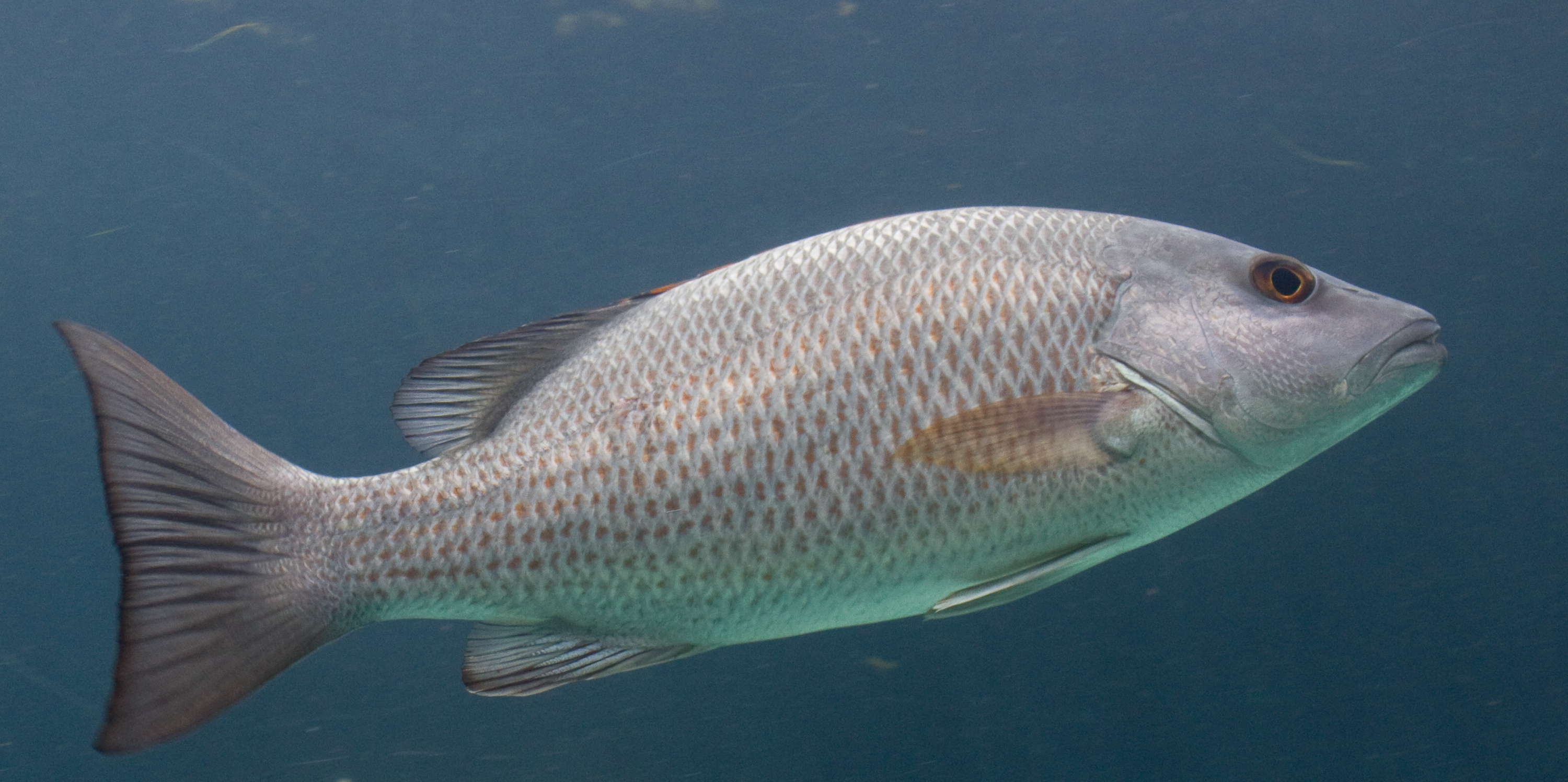Amendment 30B addresses the overfishing of Gag grouper, and defines its maximum stock size threshold (MSST) and optimum yield (OY). The amendment also sets interim allocations of gag and red grouper catches between recreational and commercial fisheries, and makes adjustments to the red grouper total allowable catch (TAC) to reflect the current status of the stock, which is currently at OY levels. Additionally, the amendment establishes annual catch limits (ACL) and accountability measures (AM) for the commercial and recreational red grouper fisheries, commercial and recreational gag fisheries, and commercial aggregate shallow-water fishery.
For the commercial sector, the amendment for 2009 reduces the aggregate shallow-water grouper quota from 8.80 mp to 7.8 mp, increases the red grouper quota from 5.31 mp to 5.75 mp, and sets a gag quota of 1.32 mp. The gag and shallow-water grouper quotas are scheduled to increase in subsequent years as the gag stock rebuilds. When 80 percent of a grouper species quota is reached, the allowable catch per trip for that species will be reduced to an incidental catch limit of 200 pounds until the species quota is filled, in order to reduce discard mortality of that species while fishermen target other species.
The amendment repeals the commercial closed season of February 15 to March 15 on gag, black and red grouper, and replaces it with a January through April seasonal area closure to all fishing at the Edges 40 fathom contour, a 390 nautical square mile gag spawning region northwest of Steamboat Lumps. In addition, the Steamboat Lumps and Madison-Swanson fishing area restrictions will be continued indefinitely.
For the recreational sector, the amendment reduces the aggregate grouper bag limit from five fish to four, increases the red grouper bag limit from one fish to two, and sets a two-fish bag limit for gag. A recreational closed season on shallow-water grouper was established from February 1 through March 31.
Finally, the amendment requires that all vessels with federal commercial or charter reef fish permits must comply with the more restrictive of state or federal reef fish regulations when fishing in state waters.
Amendment 30B was implemented May 18, 2009. On July 24, 2009, a correction was implemented to resolve an error contained in the rule that would have implemented a longer season closure that was not intended and was not supported by Amendment 30B.


